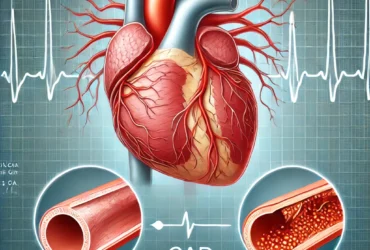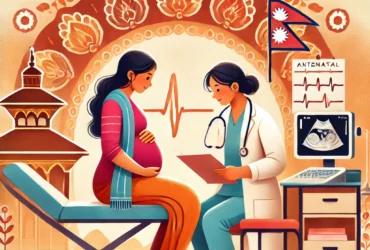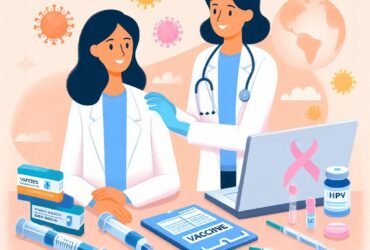Where is it
The low back spine, in the back area between your ribs and your hips is called the Lumbar spine. It is made up of 5 bones called vertebrae and having cushions between each bone. These cushions – known as discs, help when we walk or run, acting like a shock absorber so that the bones do not rub against each other.
The Lumbar spine has ligaments holding it in place, also muscles that are attached by tendons. Down the middle of each vertebrae is the spinal cord from which nerves branch out on both the left and right sides of the spine.
The low back, or lumbar area, serves a number of important functions for the human body. These functions include structural support, movement, and protection of certain body tissues.
When we stand, the lower back is functioning to support the weight of the upper body. When we bend forward or back, or rotate at the waist, the lower back is involved in the movement. Therefore, injury to the structures important for weight bearing, such as the bony spine, muscles, tendons, and ligaments, often can be detected when the body is standing erect or used in various movements.
What is it
Low back pain is a broad term used to describe pain that arises between the lowest ribs and the buttock crease with pain lasting for a few days or a few weeks.
Back pain varies. It may be sharp or stabbing. It can be dull, achy, or feel like a type of cramp. The type of pain you have will depend on the underlying cause of your back pain. Back pain is a symptom and the causes for back pain can be many.
Acute Low back pain
Around 80% of all people will have low back pain sometime in their lives. The majority of acute back pain is, in most cases, a result of simple sprains and strains in your back. Sprains are caused by overstretching or tearing ligaments, and strains are tears in tendon or muscle. Both can occur from twisting or lifting something in the wrong way, lifting something too heavy, or overstretching. Such movements may also trigger spasms in back muscles, which can also be painful. In most cases, your back pain will get better on its own within a few weeks or with exercises and physical therapy treatment to re-train certain muscles.
Chronic or persistent low back pain
The majority of people recover fairly swiftly from an episode of low back pain, but some people continue to suffer pain even after months or years. Research suggests that in most of these cases there is no new injury to the back. People with chronic pain often find it difficult to cope with work, family and social activities, and chronic low back pain is considered a significant cause of disability worldwide. This does not mean that patients cannot learn to manage their pain, as you’ll see in the section on treatment.
It is known that certain factors at early stages of back pain are associated with a higher chance of it becoming persistent.
Diagnosis
Diagnosis of Acute Low Back Pain:
Without clinical signs of a serious illness, diagnostic imaging such as a scan or xray or laboratory testing often are not required. A careful history will be taken to rule out any underlying cause other than a sprain or strain.
If it should be required additional testing can be:
• CT scan
• MRI
• Xrays – bending forwards and backwards.
Treatment
Acute Low Back Pain
In most cases, acute low back pain will get better on its own within a few weeks or with physical therapy treatment to re-train certain muscles.
Painkillers and anti-inflammatories may be needed depending on what the doctor recommends.
It is important to remain as active as possible otherwise the back muscles will become weak and can lead to more pain and inactivity. Gentle stretches and exercises can also be of help.
Back pain can also be influenced by factors like lifestyle, overall fitness, job satisfaction, stress, depression, family situation, relationships etc.
Chronic Low Back Pain
One of the most important factors is low mood, often described as depression or distress. It is quite natural to feel low when experiencing persistent pain, but it is also known that this response gets in the way of recovery and re-engaging with life’s activities.
The doctor may recommend a talking therapy, or a management programme that includes counselling or psychology. This is because these treatments have been shown to help people and to teach them skills to control and manage their pain.
It is now known that, if there is a belief that moving may result in re-injury to their back, some patients sometimes restrict their movement and start avoiding certain activities. This is often referred to as fear-avoidance. While avoiding a specific movement that hurts may not be a problem, restricting many movements can result in isolation and depression as people avoid work, social and household activities. Some research says that these behaviours actually result in a worse physical state, as muscles that are not used can grow weak.
There is a vast amount of evidence suggesting that staying as active as possible is the best, to not only reduce disability and improve function, but also to reduce depression and pain.
Author: Dr. Prashant Adhikari MD. MS
Consultant Orthopaedic Surgeon







